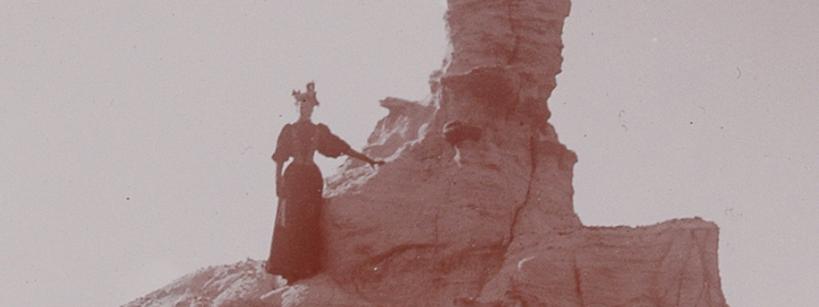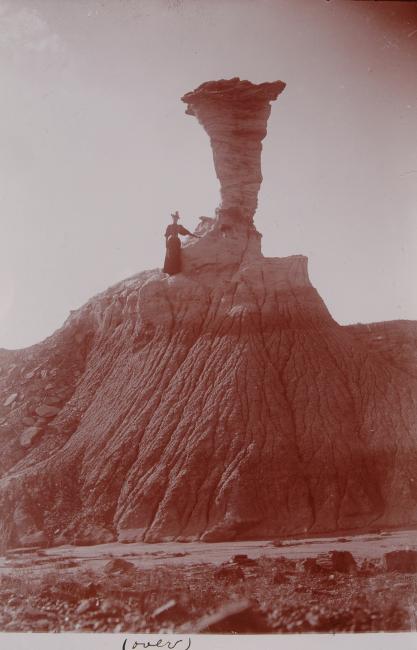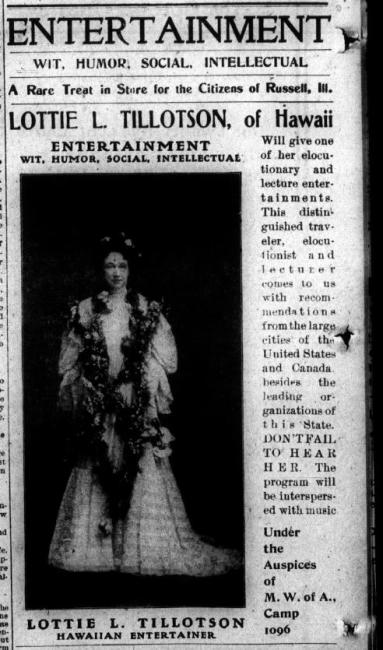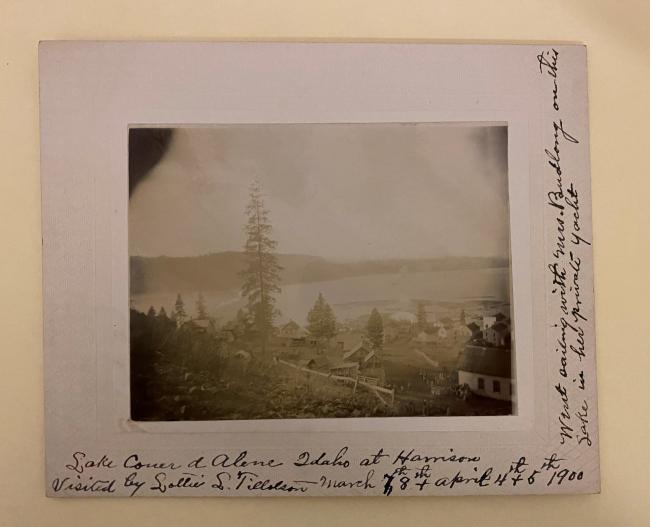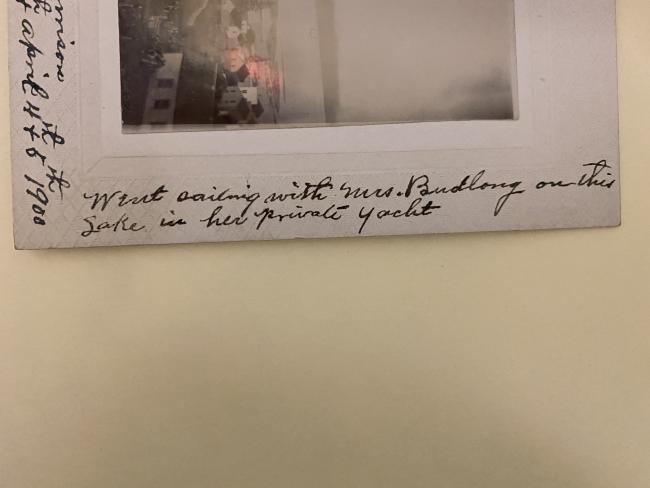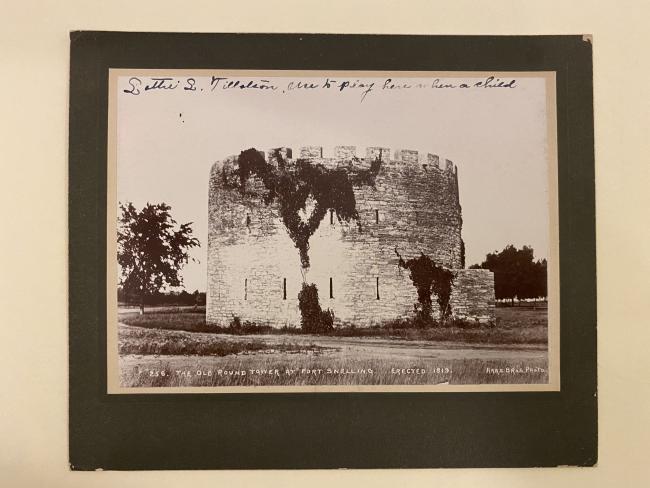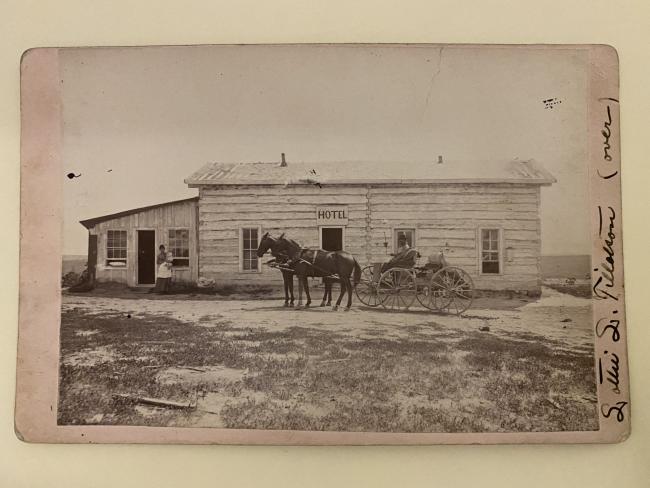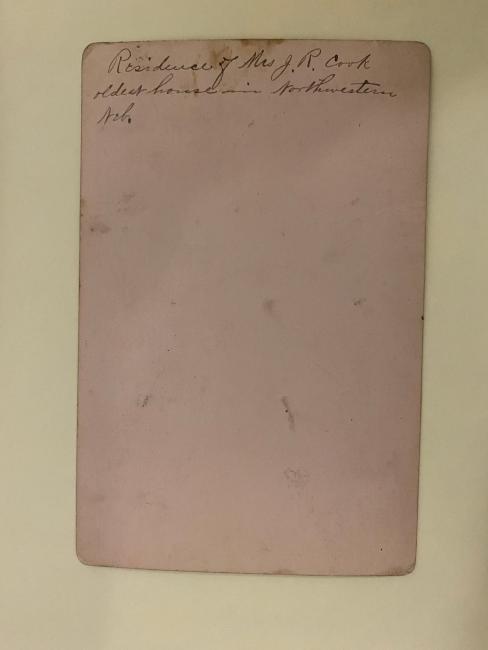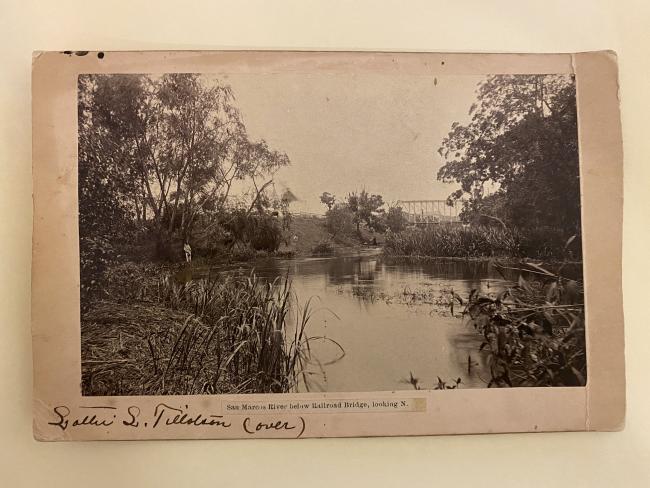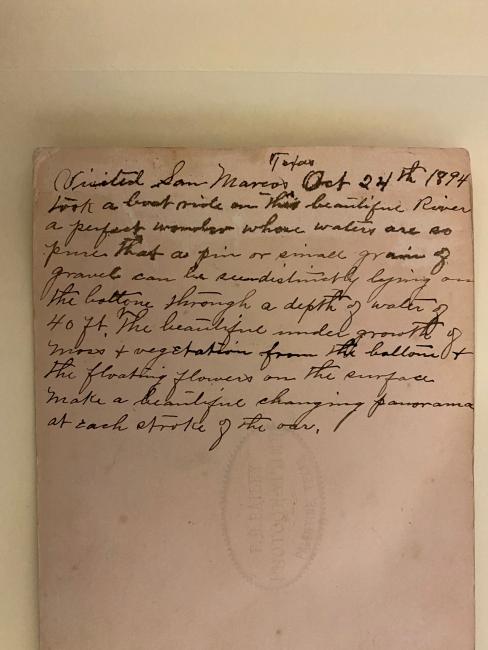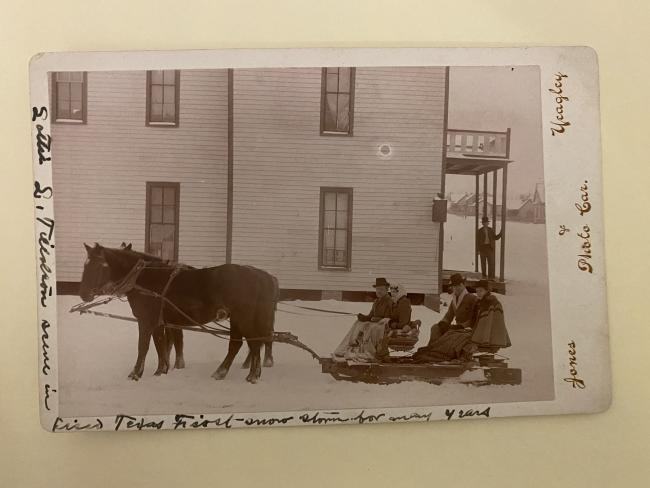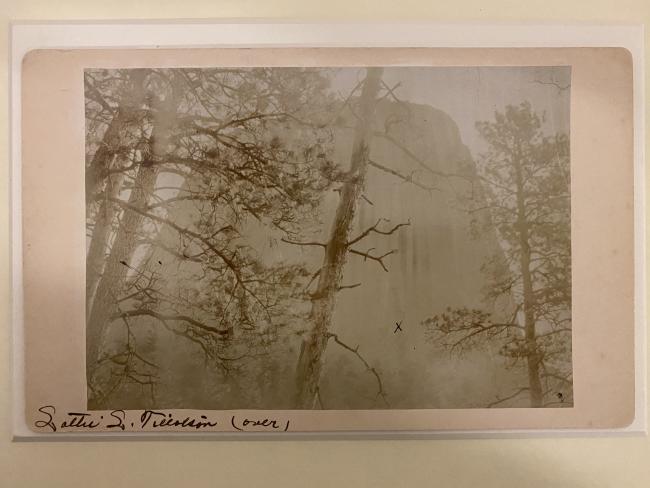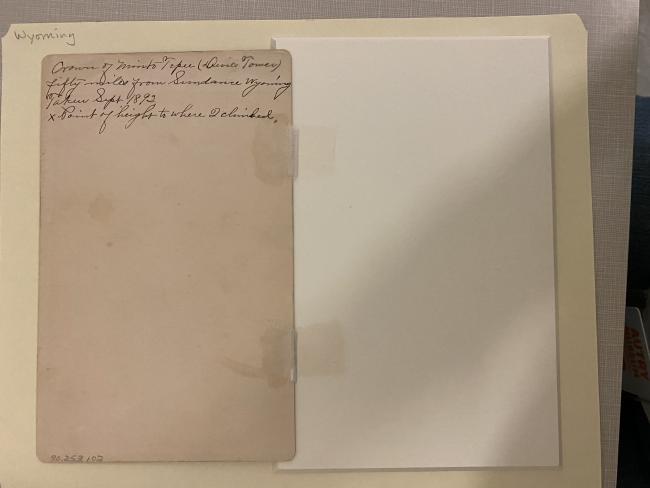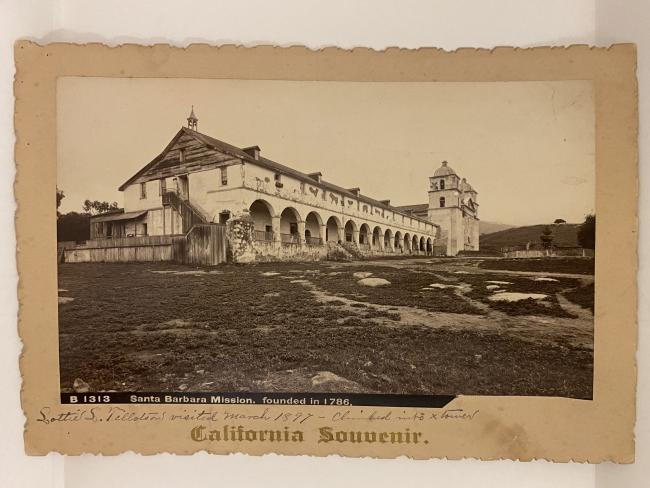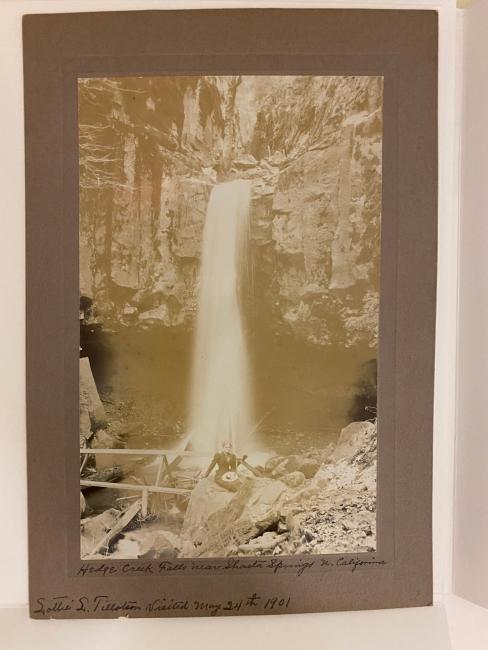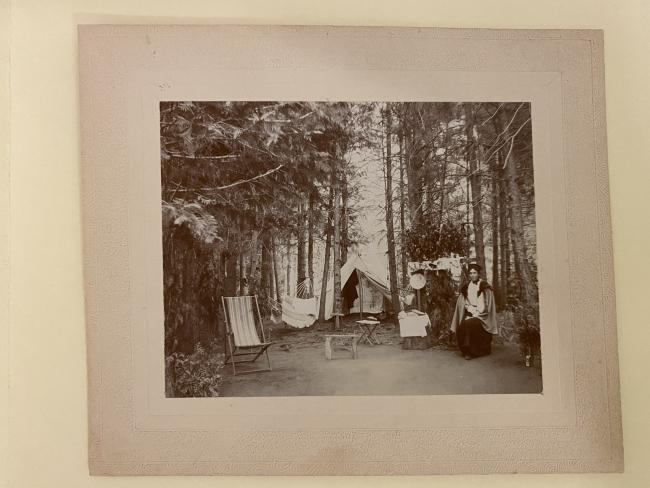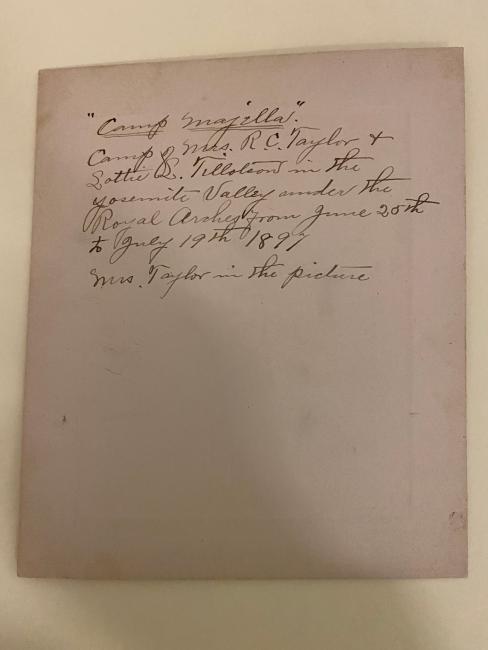Lottie began her elocutionary career in the late 1890s, traveling from the Midwest to the Southwest and initially identified as “Miss Lottie L. Tillotson of St. Paul, Minn.” Sometime in 1906, she became, “Lottie L. Tillotson, Hawaiian Entertainer” claiming to have lived “among the Hawaiians for years” and established a career lecturing on “their habits and customs.” Although it did seem that Lottie had visited Hawaii, it was clear that it was at most a few months since several newspapers advertised her elocutionary events in the Midwest. At this point, I was caught in the vortex of research—caught by the problematic nature of her assumed identity of an expert on Hawaiian culture, the mixture of praise, criticism, and instances of theft reported—and, overall, by her unusual lifestyle for a woman of the early 20th century. Lottie traveled alone, supporting herself as a public speaker and actively documenting her travels through her collection of photographs and souvenir publications. She continued traveling into her 70s; her name (including her middle name, Lucinda!) was on passenger manifests from ships sailing back to the U.S. from Japan, New Zealand, and Argentina. This was also how I found her birthdate (May 6, 1862) and learned that she had been born in Buffalo, Minnesota. Her death certificate was also online, which documented Lottie’s death in Los Angeles on August 13, 1948 at the age of 86.
After tracking her life through the newspapers and paperwork available online, I looked through her collection of photographs and found her handwriting on almost every single one. Usually, the photographs had her name, always including her middle initial (her elegant L’s sometimes appearing as a letter S), but at times, there was additional text such as the date she visited or descriptive information about the locations or people photographed. Lottie sometimes wrote down small personal details, such as the photograph of the Old Round Tower at Fort Snelling on which she wrote, “Lottie L. Tillotson use to play here when a child,” and the longer snippet she wrote on the back of a photograph of the San Marcos River in Texas:
Visited San Marcos Texas Oct 24th 1894
Took a boat ride on this beautiful river a perfect wonder whose waters are so pure that a pin or small grain of gravel can be seen distinctly laying on the bottom through a depth of water of 40 ft. The beautiful under growth of moss + vegetation from the bottom and the floating flowers on the surface make a beautiful changing panorama at each stroke of the oar.
There are more handwritten notes, hundreds of photographs in her collection to search through to learn more about Lottie and her life. This is barely a peek into Lottie’s history, and it is very tempting to continue this research—to fill out her timeline, to track her travels and gather the pieces of her personality through her own writing and pieces written about her by others. Each piece, from newspaper articles to simple handwritten notes contain stories about Lottie. The stories that make up her life are compelling and provide the perfect example of the draw of the archive—how it leads from breadcrumb to breadcrumb until you’re led deep into the rabbit hole.
